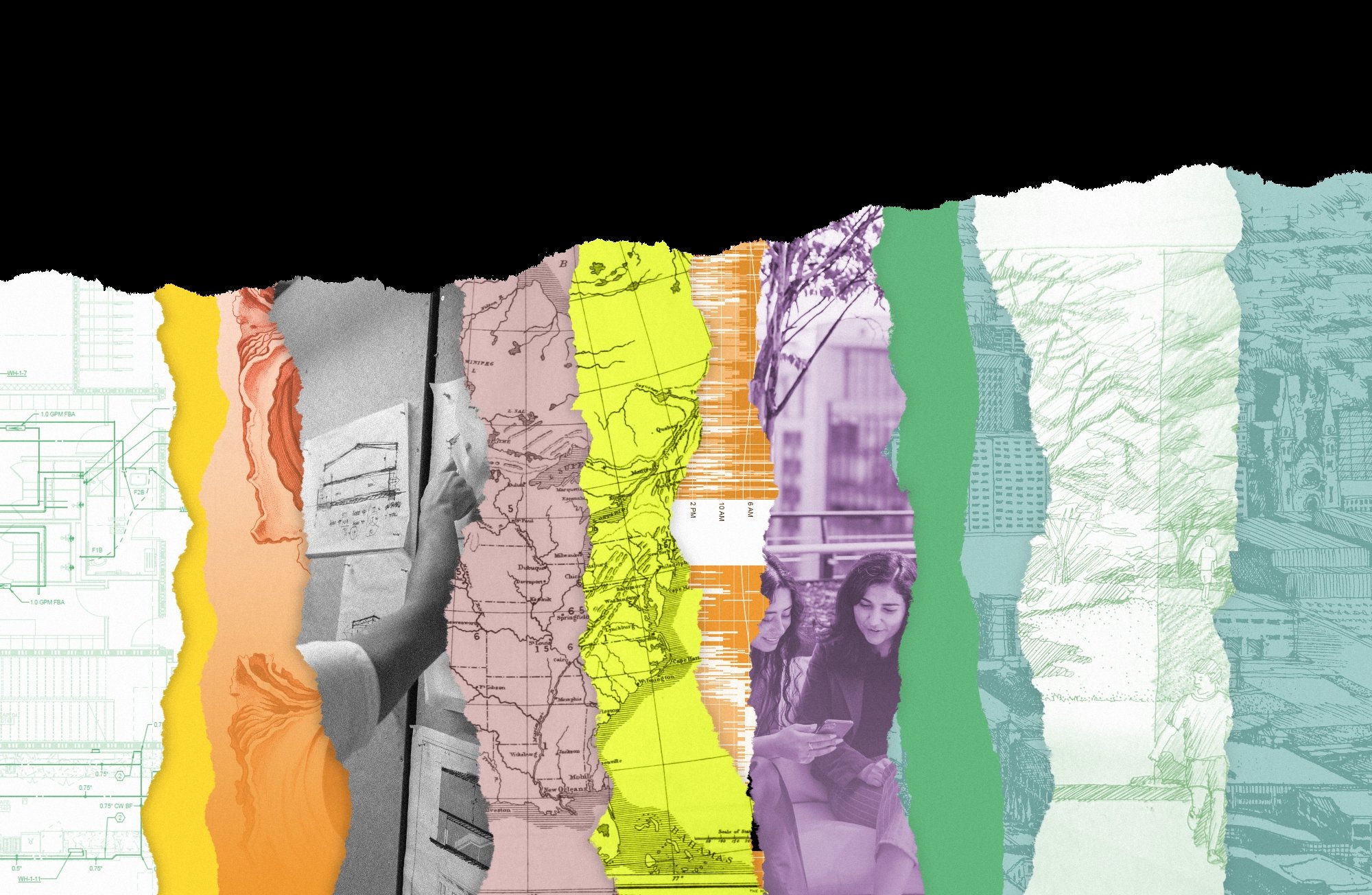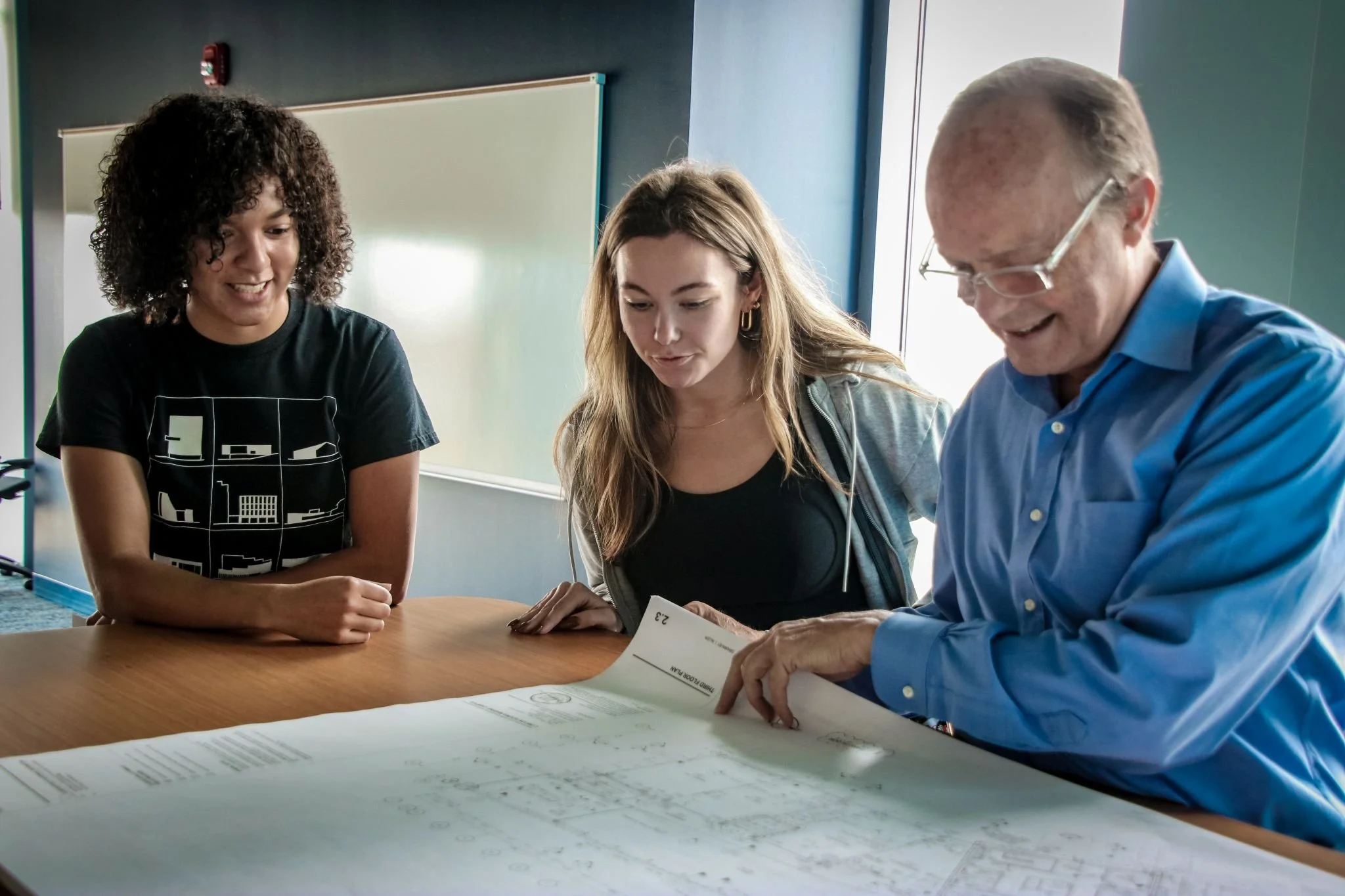Sustainability Action Plan 2025

Sustainability is integral to the way we design.
As architects working in regions deeply affected by climate change—from New Orleans to Washington, DC, to now Salt Lake City—we recognize the urgent need to create buildings that reduce harm and actively support healthier, more resilient communities.
We're excited to share the latest update to our Sustainability Action Plan (SAP)—a reflection of our continued commitment to environmental responsibility, material transparency, and design equity. Moving forward, we will refresh this plan every three years to stay aligned with evolving best practices and AIA sustainability standards.
View the latest Sustainability Action Plan below or click here.
Designing with Purpose
Our updated SAP builds on years of experience working in communities facing real environmental and social challenges. Whether it’s designing amid the storm-prone Gulf South or responding to the effects of industrial pollution in places like “Cancer Alley,” we’ve seen firsthand how design decisions can either deepen inequity or help heal it.
This plan strengthens our resolve to design buildings that:
Reduce energy use and operational carbon
Minimize the health impacts of materials
Increase resilience and adaptability
Advance social equity and community wellbeing
It aligns directly with the AIA Framework for Design Excellence, guiding teams across the firm in embedding sustainability from concept to construction.
Building on a Strong Foundation
Our approach to sustainability has been shaped by years of hands-on experience and a steady commitment to continuous improvement. We’ve taken meaningful steps over time—joining initiatives like the AIA 2030 Commitment and AIA Materials Pledge, becoming early members of the U.S. Green Building Council, and embracing transparency through the JUST label.
We’ve also prioritized performance across our work, completing over 26 LEED-certified (and counting) projects, designing Louisiana’s first net-zero energy multifamily housing, and reporting key metrics like Energy Use Intensity (EUI) and embodied carbon on every project.
These efforts aren’t about hitting milestones—they’re about creating real, positive change through thoughtful design.
Read the timeline of our firm’s sustainability journey here.
Firmwide Collaboration
This updated SAP is the product of collective input—shaped by one-on-one conversations, a firmwide survey, and the insight of our sustainability working group. By listening to a broad range of perspectives, the plan reflects the full depth and diversity of experience across our team.
It’s designed not just as a policy document, but as a practical, working tool—one that empowers every team member to contribute meaningfully to our sustainability goals.
Introducing the Materials Actions Plan (MAP)
Alongside the SAP, we're also launching our Materials Action Plan (MAP), a companion guide developed through our materials working group as part of our commitment to the AIA Materials Pledge. The MAP sets clear standards for material selection across the firm, including:
A preferred products list
Material library protocols
Guidance rooted in transparency, health, equity, and circularity
Together, the SAP and MAP provide the structure and support to help us meet—and exceed—our goals for sustainable, human-centered design.
Looking Ahead
This plan provides clear direction, and our team is committed to making it a reality. With shared responsibility, measurable goals, and a renewed sense of purpose, we are moving forward together.
By embedding sustainability into every project, we aim to design a future that is more equitable, resilient, and restorative for all.

